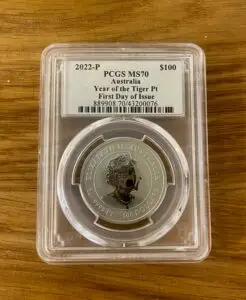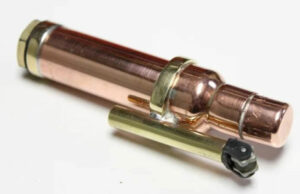The Use of Precious Metals in Dentistry
Precious metals have been used in dentistry for centuries due to their unique properties and benefits. These metals are biocompatible, corrosion-resistant, and durable, making them ideal for use in dental restorations. In this article, we will explore the different types of precious metals that are commonly used in dentistry.
Gold has been used in dentistry for over 2,500 years and remains one of the most popular materials for dental restorations. Gold is a malleable and ductile metal, meaning it can be easily shaped and manipulated to create precise and accurate dental restorations. Gold is also biocompatible, meaning it does not cause any adverse reactions in the body.
Gold is commonly used for dental crowns, bridges, inlays, and onlays. Gold restorations are incredibly durable and can last for several decades with proper care and maintenance. However, gold restorations are often more expensive than other materials due to the high cost of the metal.
Silver is another metal that has been used in dentistry for centuries. However, silver is not used as often as gold due to its unappealing color and tendency to tarnish over time. Silver is also more prone to corrosion than other precious metals.
Silver is commonly used in dental amalgam fillings. Amalgam fillings are made by combining silver, tin, copper, and mercury. While amalgam fillings are strong and durable, they are becoming less popular due to concerns about the potential health risks associated with the mercury content.
Platinum
Platinum is a dense and corrosion-resistant metal that is ideal for use in dental restorations. Platinum is also biocompatible, making it a safe material for use in the mouth., and its durability and strength make it a popular choice for dental restorations.
Platinum is commonly used in dental crowns, bridges, and inlays. Platinum restorations can last for several decades with proper care and maintenance.
Palladium
Palladium is a white, lustrous metal that is similar in appearance to platinum. Palladium is less expensive than platinum but still offers many of the same benefits. Palladium is durable, corrosion-resistant, and biocompatible, making it an ideal material for dental restorations.
Palladium is commonly used in dental crowns, bridges, and inlays. Palladium restorations are durable and can last for several decades with proper care and maintenance. Palladium restorations are also more affordable than platinum restorations, making them a popular choice for patients who want a high-quality restoration at a lower cost.
Gold, platinum, palladium and silver usually appear in dental restoration as alloys. Some are palladium based (palladium in the main metal also called “semi precious”), and some are gold based (gold is the main metal).
In the past, most of the restorations were porcelain fused to metal (PFM), in which case it is important that the porcelain and the alloy have the same expansion rate.
These days, new technologies and materials are implemented in the dental field, and the use of precious metals has dramatically decreased.
Due to the high price of precious metals, recycling of dental scrap has become an interesting business ( more info on this issues of recycling dental scrap in this link).
In conclusion, precious metals played a significant role in modern dentistry. Gold, silver, platinum, and palladium offer unique benefits that make them ideal materials for dental restorations. While each metal has its advantages and disadvantages, they usually appear as alloys (mixture of few metals), offering excellent durability, strength, and biocompatibility.






